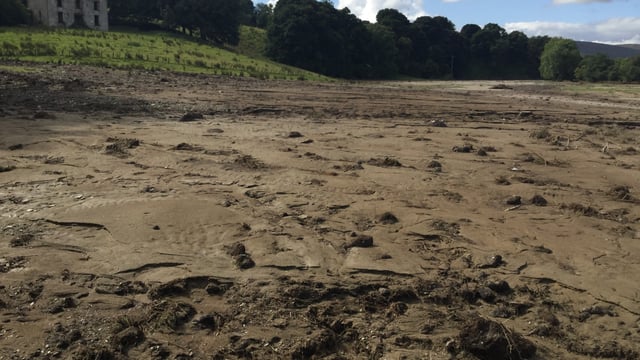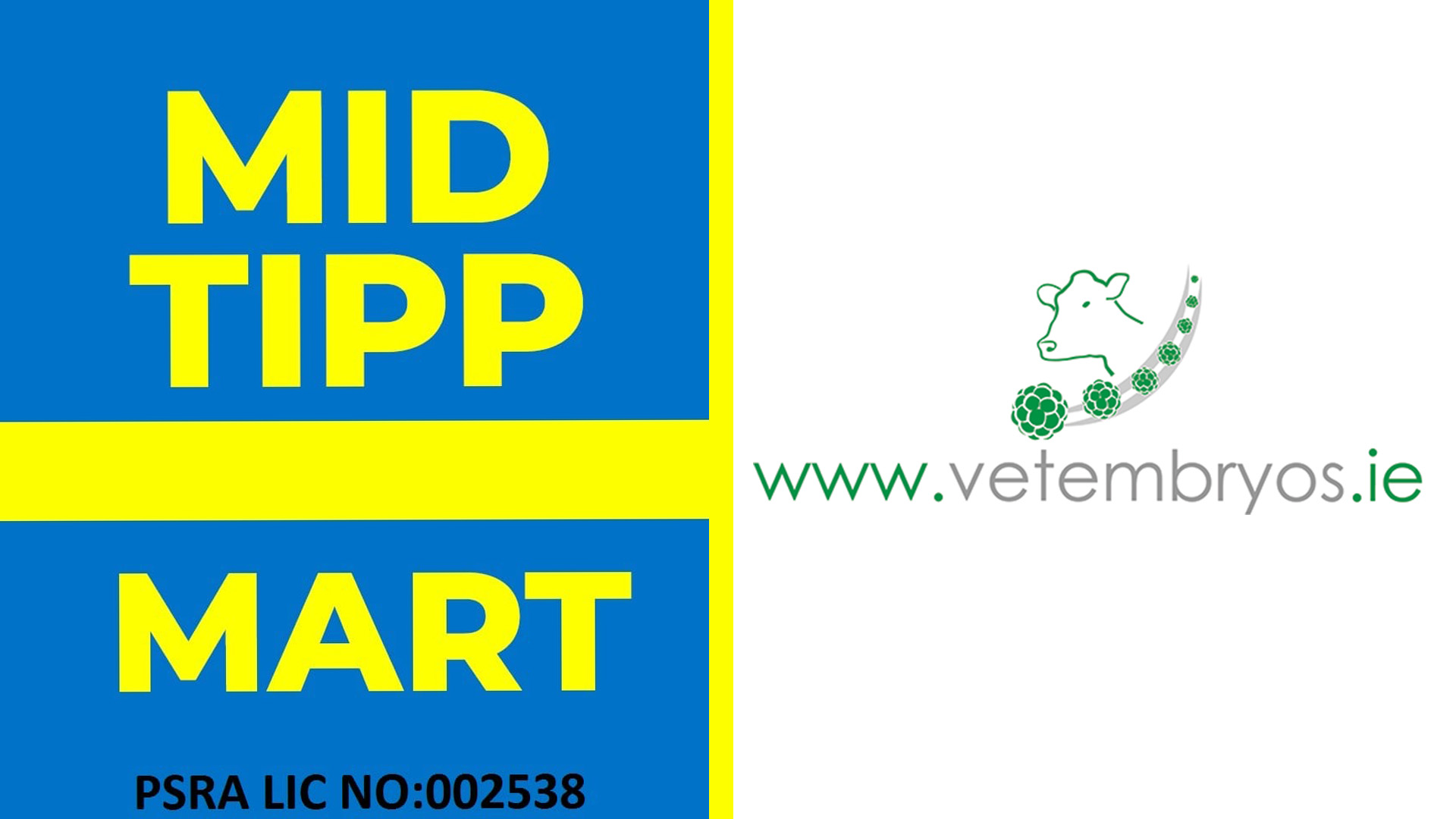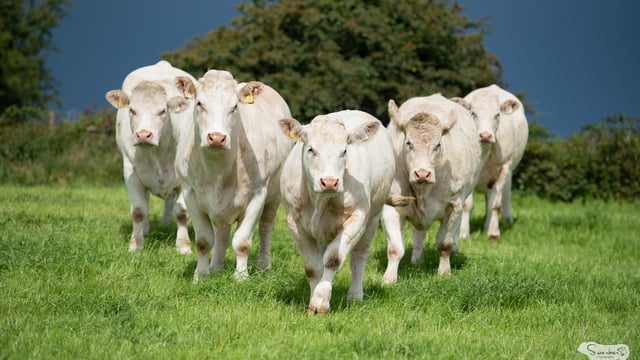€30 per ewe needed in Sheep Welfare Scheme - Canney
An independent TD is calling for the Department of Agriculture, Food and the Marine (DAFM) to increase the funds available through the Sheep Welfare Scheme to provide farmers with €30 per ewe.
Galway East deputy, Seán Canney is also urging the government to support sheep farmers by rolling over the Sheep Welfare Scheme into 2022.
The scheme provides financial support to farmers for taking extra steps to improve the welfare of their flock. Farmers currently get €10 per breeding ewe for completing flock welfare measures.
The scheme is co-funded by the European Union as part of Ireland’s Rural Development Programme, 2014-2020.
The total paid under year four - the most recent year of the scheme was €16.6 million to 18,300 farmers.
According to the 2020 sheep census, there was a total of 35,592 registered sheep herds in the country.
Deputy Canney is also calling for sheep shearing to be included in the welfare scheme.
He said: "Government must also create incentives for wool to be the insulation of choice in home and commercial buildings, by ensuring that Irish wool insulation is used in social housing projects and all public works.
"I am also calling on the government to provide additional funding so that new entrants can enter the scheme and allow those farmers in the scheme to have their actual on-farm sheep number recognised," the deputy added.
To qualify for the welfare scheme, sheep farmers must meet certain requirements which are as follows:
In order to receive payment, two welfare measures must be completed.
The targeted welfare areas include:
According to the department, the scheme provides targeted support to those areas of animal welfare identified as making a meaningful positive contribution to sheep welfare, having regard to the systems of production in Ireland and the environment in which Irish sheep production is carried out.
A total of 19,261 participants were registered for year four of the Sheep Welfare Scheme, which ran from February 1, 2020 to January 31, 2021.
According to DAFM, the herds that did not qualify for a payment under the scheme failed to do so, primarily, as a result of not meeting eligibility requirements set out under the scheme, such as failing to submit a completed census return within the required time frame, or submitting a BPS application, or they withdrew from the scheme during the scheme year.





